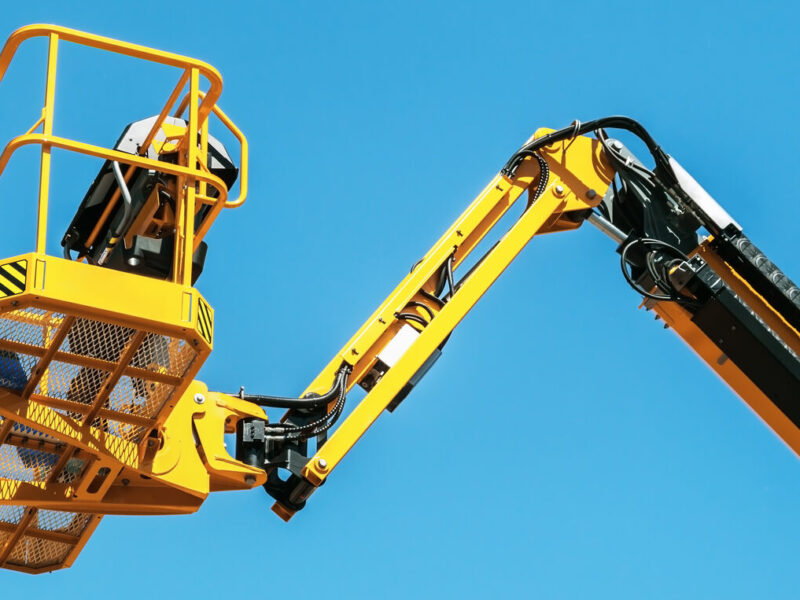Embarking on the process of how to wire a ceiling fan requires a foundational understanding of electrical wiring. It is clear that it goes beyond the task of connecting wires together; it is an intricate process that determines, among other things, the safety and operability of your home. Having the correct tools, such as voltage testers or cutting pliers, is helpful for completing your task.
When executing the outlined instructions, it is prudent to care for one’s safety. Understanding electrical notations is equally as important as knowing the corresponding standard wire color code. Black denotes hot wires, white denotes neutral wires, and green or copper represents the grounding wire. All these fundamentals form a safety net, provided that the principles are adhered to correctly.
Choosing the Right Ceiling Fan for Your Needs
Picking a ceiling fan offers more than just an aesthetic consideration; it impacts the comfort and efficiency of your home. The room’s dimensions, such as size, height, and ceiling height, are critical when selecting the right ceiling fan tailored to your needs. Using the wrong fan may lead to poor air circulation. For a comprehensive breakdown of how to match a fan to your space, including details on motor types and mounting systems, the Consumer Reports ceiling fan buying guide offers valuable insights to help inform your decision. It’s also worth noting that for those concerned with energy efficiency, selecting a fan with the Energy Star rating is ideal. Such fans are known to consume minimal energy, as specified by the U.S. Department of Energy, and aid in conserving electricity and lowering monthly utility bills. Hence, Energy Star-rated fans are economically and environmentally advantageous.
Pre-Installation Preparation
While preparation is the most overlooked phase, this step is the most important one. Prior to any installation, it is vital to check the existing circuit to see if it can accommodate a ceiling fan. This diligence significantly contributes to the prevention of potential electrical issues in the future.
Additionally, if planned, collecting the right materials is easy. Having basic tools such as screwdrivers, wire strippers, and circuit testers will make the process more efficient. Turning off power at the breaker box is still crucial, as it is your first defense against electric shock and damage to the circuits.
Step-by-Step Guide to Wiring a Ceiling Fan
The initial step entails carefully following the assembly instructions for the fan components. This way, unexpected issues will not pop up during installation, preventing the fan from wobbling or falling during usage. In this case, fan mounting brackets should be bolted to the ceiling, and the ceiling should firmly support the fan to hold its weight. Positioning should be double-checked to get rid of any concerns regarding firm and secure bolting rigidity. Connecting the appropriate wires into their pairs is often the most critical step of the process, completing the installation of fan components and installation kits. For a more detailed, step-by-step walkthrough, refer to this guide from This Old House, which provides visual support and expert tips to simplify the installation process. Install the fan blades, ensuring they remain motionless during installation, followed by light kit installation if the fan has a light kit. At this stage, testing whether the fan works successfully is wise.
Troubleshooting Common Ceiling Fan Installation Issues
If done correctly, rare fan issues like wobbling, abnormal sounds, or anything apart from wobbly fan blades are imbalanced loose connections; not worrying about unsightly screws will balance any concerns. Usually, these can be solved by adjusting loose screws and changing the angles of the blades to the desired rotation.
Complications with the fan’s lighting or speed features may impact its operations. In those cases, providers like Family Handyman offer a plethora of solutions to guide troubleshooting effortlessly. These guides can turn potential setbacks into valuable lessons, helping refine do-it-yourself skills.
Ensuring Long-Term Performance and Maintenance
Maintaining the ceiling fan after installation is vital to its long-lasting performance. After setting up the ceiling fan, integrating it into your regular cleaning and maintenance schedule will help it retain its functionality and efficiency. Maintenance tasks include washing the blades to minimize dust accumulation, which could offset the fan’s balance and lower its operational efficiency. Furthermore, checking and tightening the mounting screws and bolts prevents the fan’s elements from becoming loose, which could increase wear and vibration noise.
Moreover, fans need their electrical connections checked on a regular basis. The gradual opening and use of the household can lead to looser or worn parts. Routine visual inspection of the connections will minimize the likelihood of unexpected failures and safety issues. Avoiding such expenses provides a straightforward, cost-effective alternative during the times most fans are required, such as during hot seasons.
Listening for strange noises, oscillations, or changes in RPM can help you catch problems before they become larger concerns. Such indicators are often associated with minor misalignments, overworking a motor, or aging parts that can easily be remedied if addressed early. If you act quickly about the fan’s noise and vibration, it will be able to function quietly and efficiently, extending its life in the home.
Benefits of Professional Installation Services
Although completing a self-installation is a badge of honor for most do-it-yourself homeowners, hiring a professional for ceiling fan installation can be highly advantageous. A certified electrician will have the requisite skills and training to ensure that all aspects of the installation sequence are completed following the appropriate safety and code regulations. Their experience with various ceiling designs enables them to work more effectively and efficiently with pre-existing electrical systems, since they understand the spatial relationships and structural requirements of load-bearing elements in the ceiling.
Apart from the above, these professionals can provide additional defense against damages to your house. Since they have insurance and warranties, you will not be held responsible for any damages arising from substandard artistry. Such liability is critical when working with high ceilings, where the risk of accidents increases, and in complicated electrical systems. Clients are better off paying for professional help because it protects the house and eliminates the risk of being injured trying to conduct a do-it-yourself project.
Indeed, encasing the work within a professional’s jurisdiction incurs additional financial charges. Installation, however, lessens the chances of performance complications and malfunctions while prolonging the unit’s lifespan. In addition, it saves time and effort that would otherwise be wasted in DIY scenarios. For individuals looking for reliable solutions that provide work done without needing to repeat the task, professional installation makes the most logical sense.
Conclusion: Enjoying Your New Ceiling Fan
Accompanying the new improvements on the ceiling fan is an added level of new comfort, satisfaction, and ease of use, thus achieving an extreme boost in home energy efficiency. The newly acquired concepts of wiring further add to the new level of confidence that comes with flawlessly taking it past the installation stage.
The previously mentioned tactics supplement your self-sufficiency, maintaining your peace while aiding in conserving energy on an even broader scale. When coupled with solid DIY maintenance strategies such as thorough and routine self-inspections, the ceiling fan serves as an elegant and appealing statement that adds functionality for several years to come.


